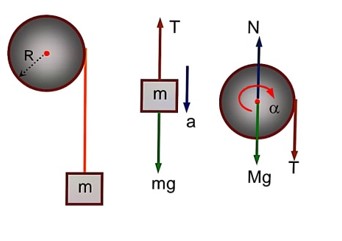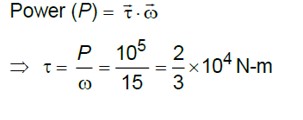Physics System of Particles and Rotational Motion
Get insights from 151 questions on Physics System of Particles and Rotational Motion, answered by students, alumni, and experts. You may also ask and answer any question you like about Physics System of Particles and Rotational Motion
Follow Ask QuestionQuestions
Discussions
Active Users
Followers
New answer posted
2 months agoContributor-Level 10
Applying conservation of momentum for collision of blocks
Now, from conservation of energy
New answer posted
2 months agoContributor-Level 10
In rotational motion, angular velocity of every particle on rigid body will be same. But linear velocity is given as v =
New answer posted
2 months agoContributor-Level 10
mg – T = ma . (1)
T * R = l a . (2)
a = a R . (3)
With the help of equations (1), (2) and (3), we get
->

Taking an Exam? Selecting a College?
Get authentic answers from experts, students and alumni that you won't find anywhere else
Sign Up on ShikshaOn Shiksha, get access to
- 66k Colleges
- 1.2k Exams
- 680k Reviews
- 1800k Answers





